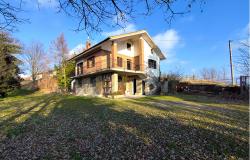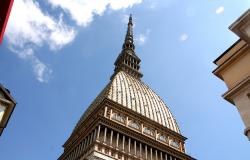The vineyard landscapes of Langhe-Roero and Monferrato in Piedmont were inscribed on Sunday onto UNESCO's World Heritage List, bringing the number of Italian sites to 50.
“An exceptional living testimony to the historical tradition of grape growing, winemaking processes, a rural economy and a social context based on the culture of wine” was cited as the reason for the inscription.
"A much-awaited recognition to the work of generations of farmers who, over time, contributed to shaping an area of outstanding natural beauty, and to produce excellent wines that are known and appreciated all over the world,” Roberto Moncalvo, president of Italy’s farming association Coldiretti, said.
The UNESCO wesbite thus describes the vineyard areas of Piedmont: “Langhe-Roero and Monferrato covers five distinct wine-growing areas with outstanding landscapes and the Castle of Cavour, an emblematic name both in the development of vineyards and in Italian history. It is located in the southern part of Piedmont, between the Po River and the Ligurian Appenines, and encompasses the whole range of technical and economic processes relating to the winegrowing and wine making that has characterized the region for centuries.”
Some of the most famous wines produced in the area are Barolo, Barbera, Bonarda, Moscato d’Asti, Nebbiolo d’Alba, Asti Spumante.
Italy has the greatest number of UNESCO World Heritage Sites in the world.













